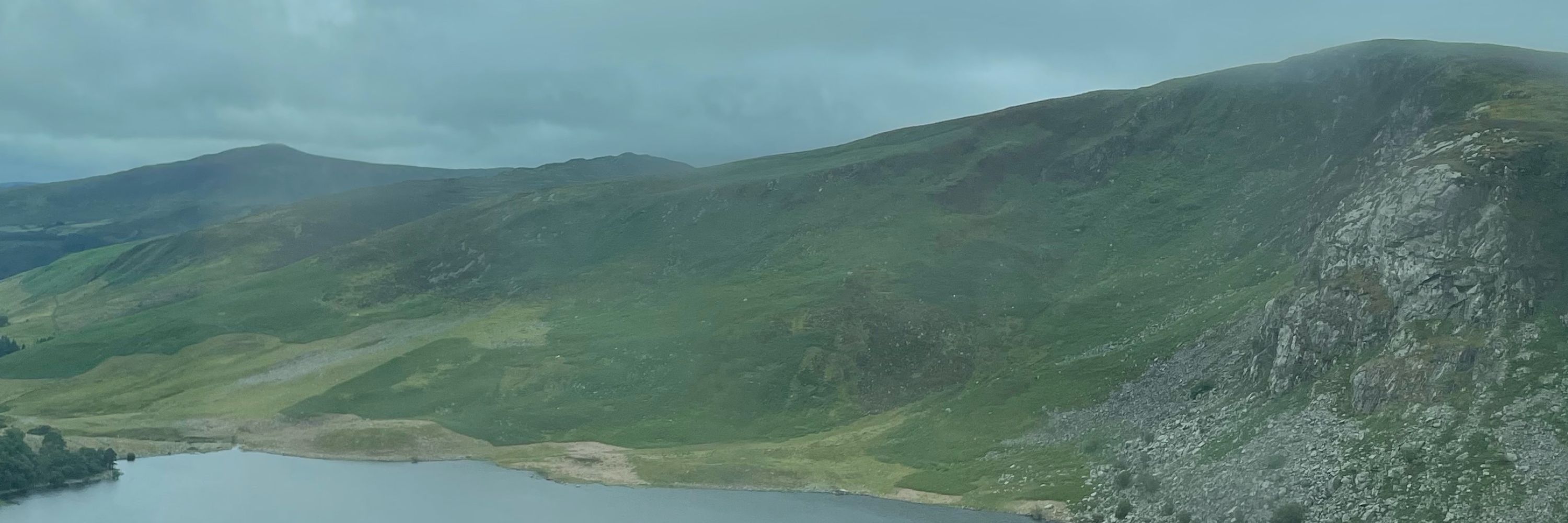
Read more: www.oeaw.ac.at/gmi/detail/n...
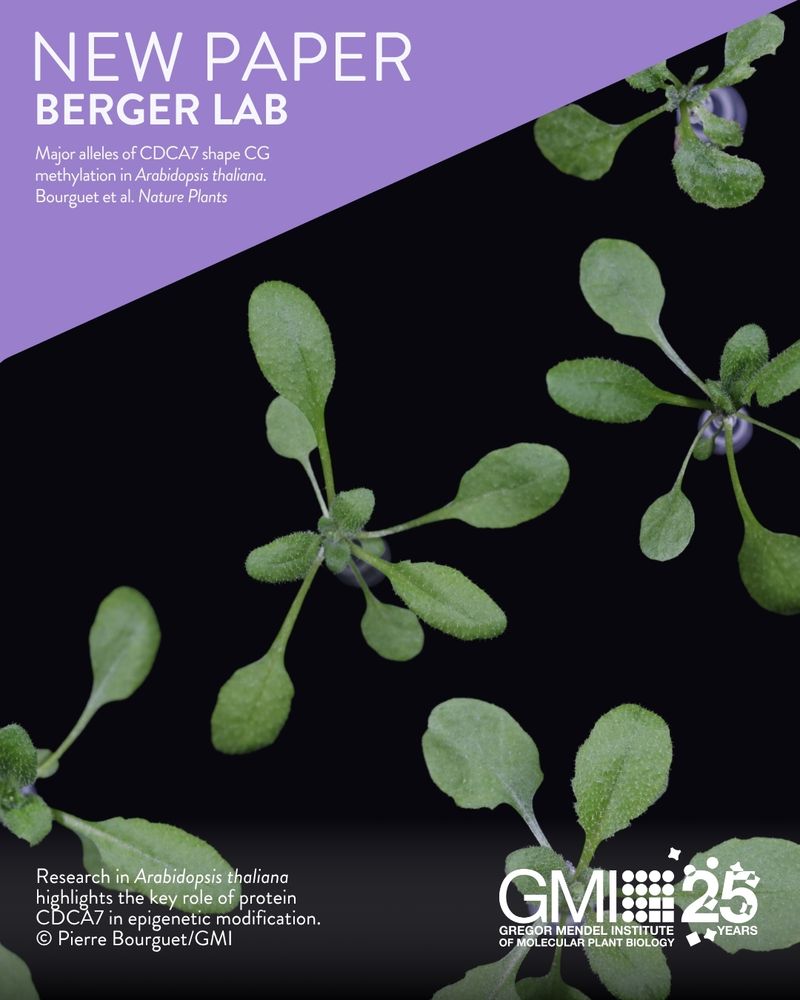
Read more: www.oeaw.ac.at/gmi/detail/n...
Burns et al. robinburns@bsky.social alisondawnscott@bsky.social
nph.onlinelibrary.wiley.com/doi/10.1111/...

Burns et al. robinburns@bsky.social alisondawnscott@bsky.social
nph.onlinelibrary.wiley.com/doi/10.1111/...
rdcu.be/eNEf4
A short thread:

rdcu.be/eNEf4
A short thread:
Today, we report the discovery of telomerase homologs in a family of antiviral RTs, revealing an unexpected evolutionary origin in bacteria.
www.biorxiv.org/content/10.1...

Today, we report the discovery of telomerase homologs in a family of antiviral RTs, revealing an unexpected evolutionary origin in bacteria.
www.biorxiv.org/content/10.1...
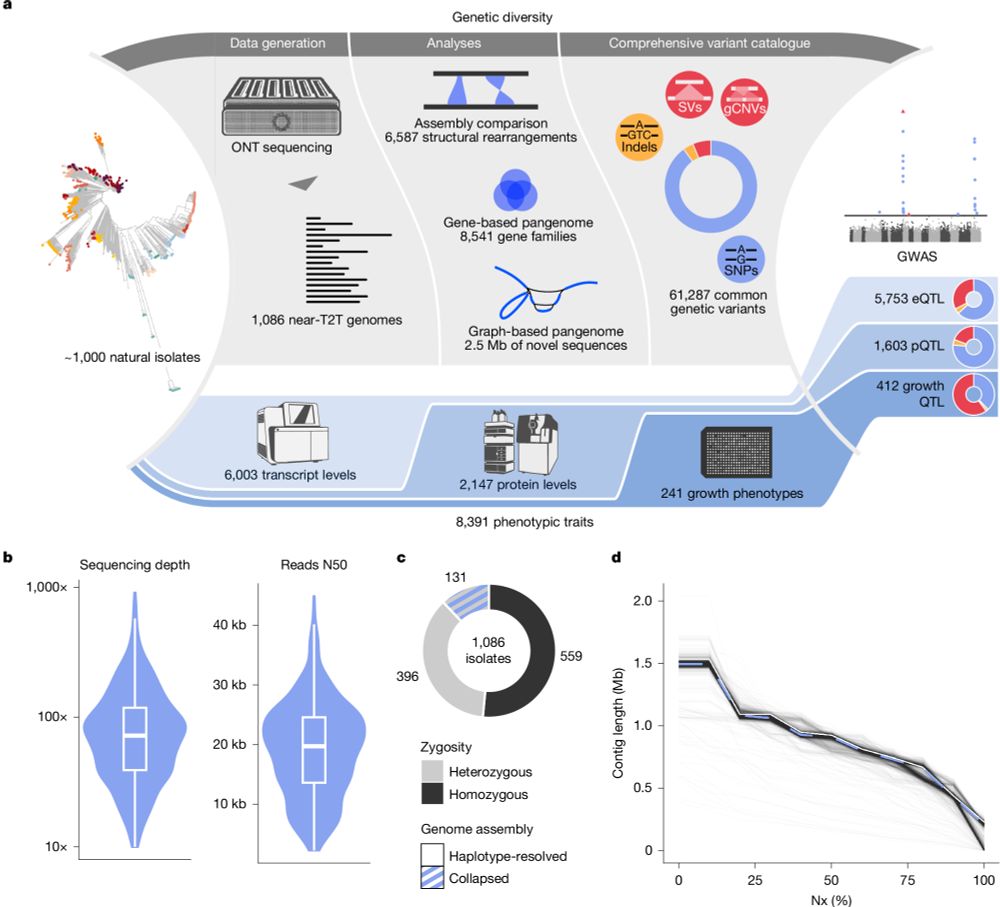
#Plants #Botany #Angiosperms #Evolution #Reproduction
https://sciencehumor.io/biology-memes/how-to-reproduce-as-a-plant-zfkw

#Plants #Botany #Angiosperms #Evolution #Reproduction
https://sciencehumor.io/biology-memes/how-to-reproduce-as-a-plant-zfkw
www.biorxiv.org/cgi/content/...

www.biorxiv.org/cgi/content/...
www.nature.com/articles/s41...

www.nature.com/articles/s41...

www.biorxiv.org/content/10.1...
www.biorxiv.org/content/10.1...
www.science.org/doi/10.1126/science.adp2990

www.science.org/doi/10.1126/science.adp2990
I am very excited to announce our🌹NEW PAPER OUT IN 𝑁𝐴𝑇𝑈𝑅𝐸!🌹
𝐃𝐑𝐈𝐕𝐄 𝐓𝐎 𝐒𝐔𝐑𝐕𝐈𝐕𝐄: Bimodal centromeres in pentaploid dogroses shed light on their unique meiosis
With the Ritz and Kovařík labs we show a potential role for centromeres on 𝘙𝘰𝘴𝘢 𝘤𝘢𝘯𝘪𝘯𝘢 bizarre reproduction!
www.nature.com/articles/s41...

I am very excited to announce our🌹NEW PAPER OUT IN 𝑁𝐴𝑇𝑈𝑅𝐸!🌹
𝐃𝐑𝐈𝐕𝐄 𝐓𝐎 𝐒𝐔𝐑𝐕𝐈𝐕𝐄: Bimodal centromeres in pentaploid dogroses shed light on their unique meiosis
With the Ritz and Kovařík labs we show a potential role for centromeres on 𝘙𝘰𝘴𝘢 𝘤𝘢𝘯𝘪𝘯𝘢 bizarre reproduction!
www.nature.com/articles/s41...
www.science.org/doi/10.1126/...
#MicroSKy #Microbiology
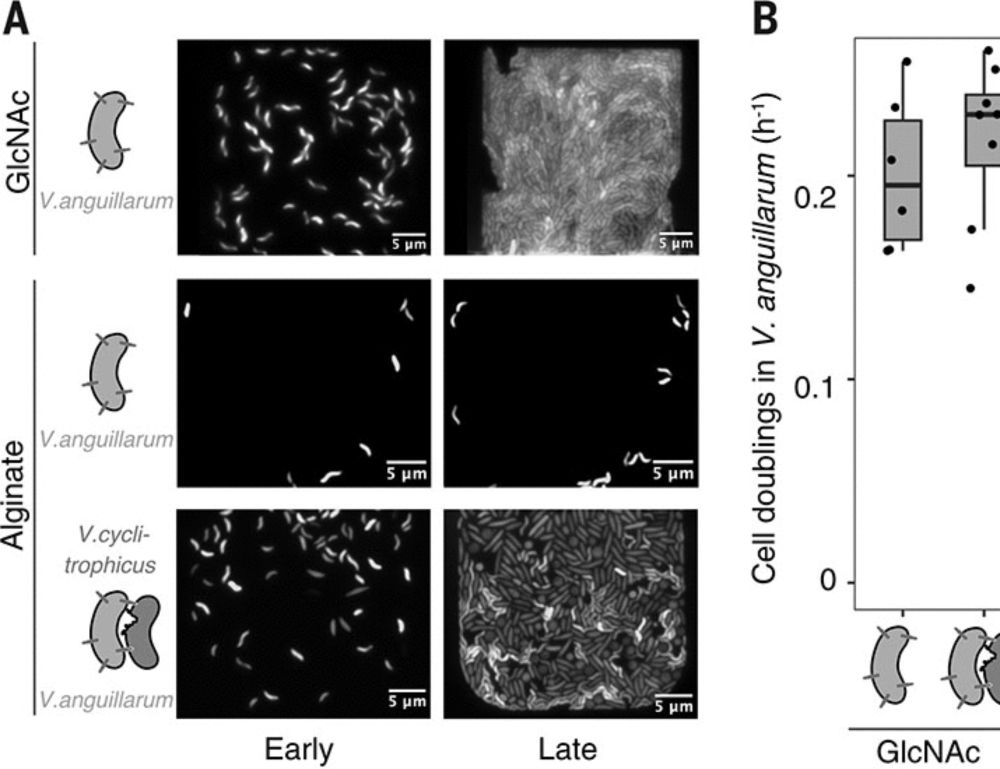
www.science.org/doi/10.1126/...
#MicroSKy #Microbiology

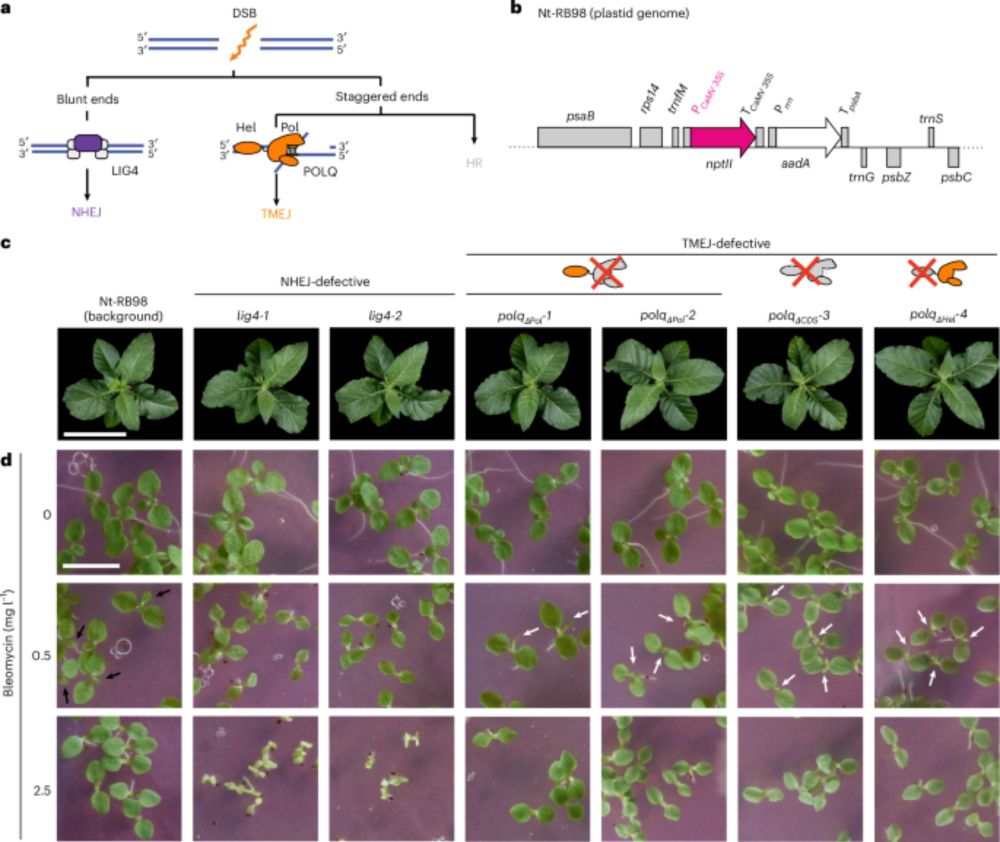
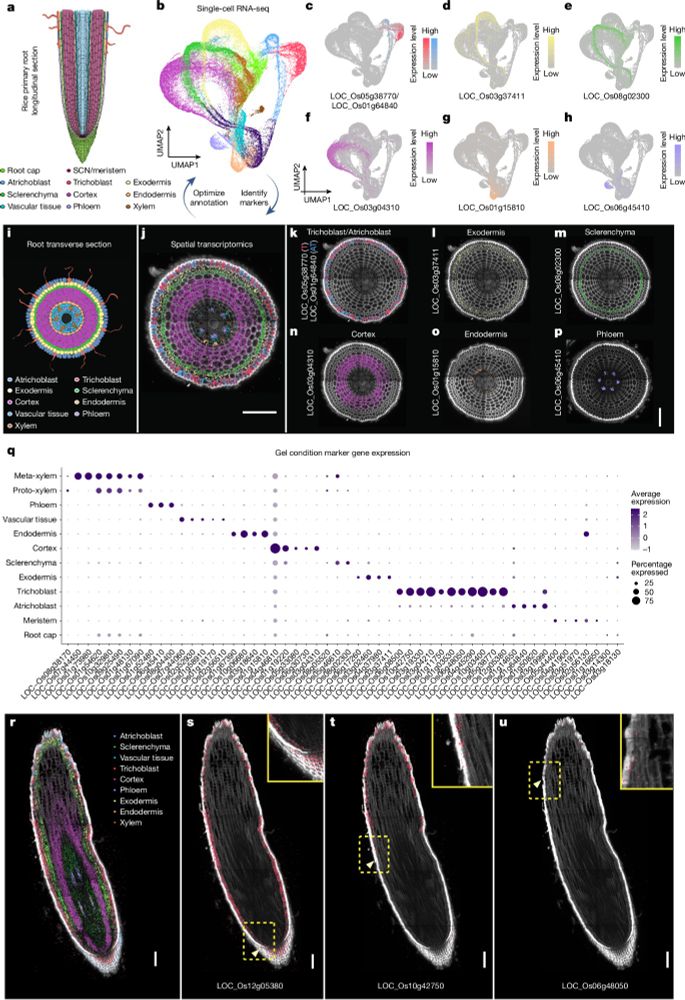
doi.org/10.1016/j.cu...
in @currentbiology.bsky.social
on the evo-devo of a butterfly color variation
enjoy the show!
doi.org/10.1016/j.cu...
in @currentbiology.bsky.social
on the evo-devo of a butterfly color variation
enjoy the show!
#LetsGoPlants #IamaBotanist


#LetsGoPlants #IamaBotanist

https://go.nature.com/4hYpSY3

https://go.nature.com/4hYpSY3



